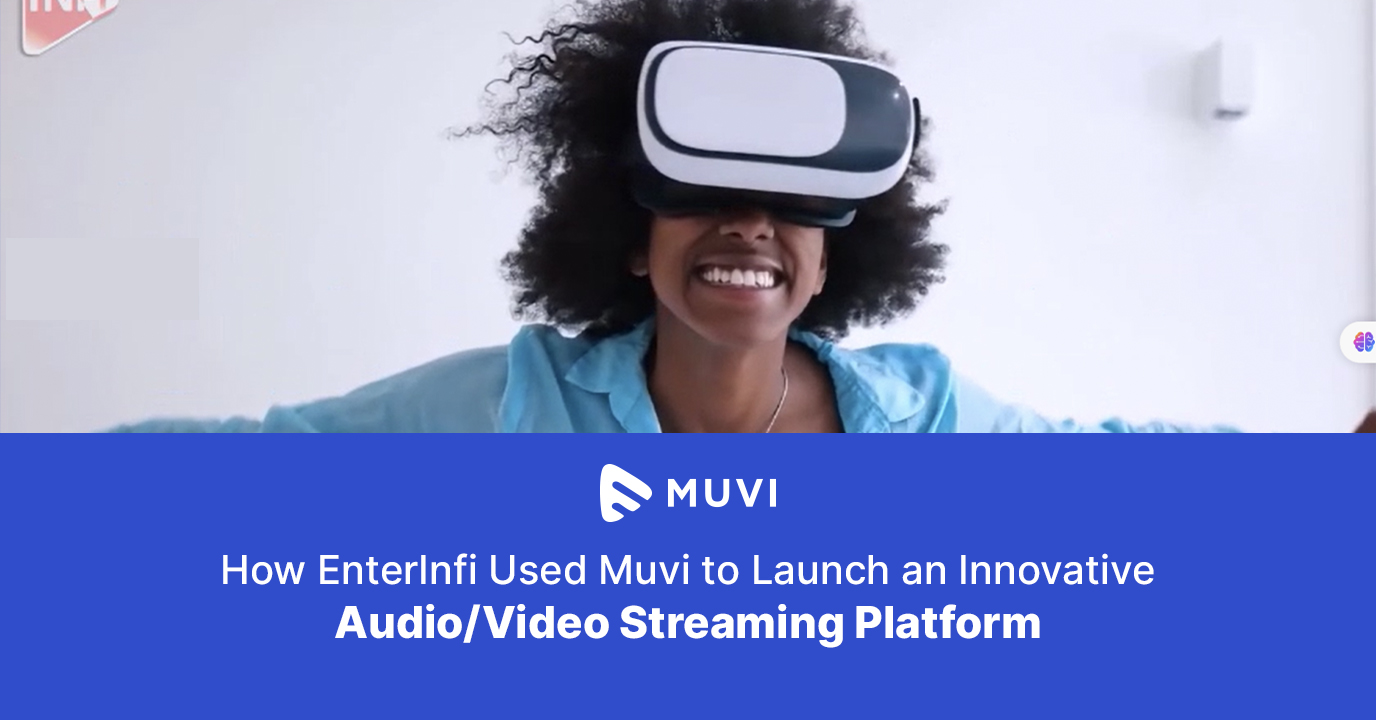Written by: Roshan Dwivedi
Will 2015 be the tipping point for over-the-top video (OTT)? Around the industry, the answer is a resounding yes.
Erik Huggers, president and CEO of VEVO, recently predicted 2015 would be a “break-out year” for the technology, and Park Associates, an online video analysis firm, took it a step further, saying 2015 is “the year of OTT.”
Clearly, the industry recognizes the shift consumers are making to over-the-top video, and now they’re hustling to put together solutions to keep up. Already this year, big-name cable TV networks and content providers have jumped into the fray, like Dish Network with Sling TV and HBO with HBO Now.
But what does this shift mean for broadcasters? Most importantly, it means it’s time to develop an OTT strategy. The ecosystem is maturing as the OTT audience continues to grow. Advertisers recognize the shift and they’re following viewers to these platforms.
In 2015, OTT TV platforms showing no signs of slowing down; the writing is on the wall. Here are five reasons why:
1. Viewership is going there with or without you
OTT viewership is growing exponentially as consumers want to enhance their viewing experience across devices, like Apple TV, Roku, Xbox One, PlayStation 4 and Google Chromecast. According to Nielsen, in 2014, consumers spent 3.6 hours per week watching OTT video; this year, that viewership is expected to nearly double to 6.9 hours per week. By 2020, Nielsen predicts that viewers will spend almost 19 hours per week watching video delivered via an OTT device.
2. Advertisers Are Following Viewers to OTT Platforms
According to a recent study from The Diffusion Group, the OTT share of overall TV ad sales will grow swiftly over the next five years. By 2020, Diffusion predicts that OTT advertising will capture nearly half – about $40 billion – of the overall $85 billion market in TV advertising. One reason is that ad engagement is growing.
3. The OTT ecosystem is maturing
The growth in OTT video is being driven, in part, by the maturing ecosystem. Now, viewers have multiple options to choose from to watch their favorite TV shows, movies and live sporting events. This creates two challenges for content providers: Viewers expect a near-perfect user-experience, as they’re growing accustomed to OTT video; and the growing number of platforms is fracturing the audience.
4. OTT Competition is Heating Up
TV networks and cable providers are entering the OTT market in mass, and it’s creating tons of competition. Just in the last 12 months, HBO Go, CBS All Access, Turner Broadcasting and Sling TV have developed their own platforms or have made their content available over-the-top. This rush to OTT isn’t going to slow down.
5. Viewers Demand a Seamless Experience
An OTT strategy must be an all-platform strategy. Viewers expect content on their preferred platforms, whether it’s a smartphone, a tablet, game console, or smart TV, and they’re bouncing between devices, sometimes in the middle of a program.
Read the entire story here.














Add your comment